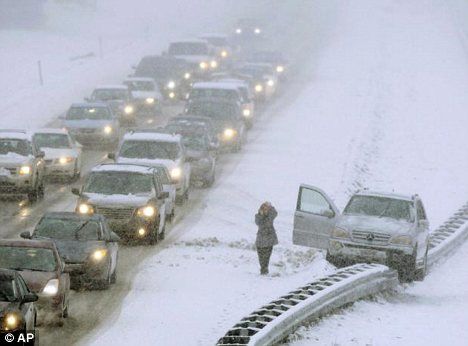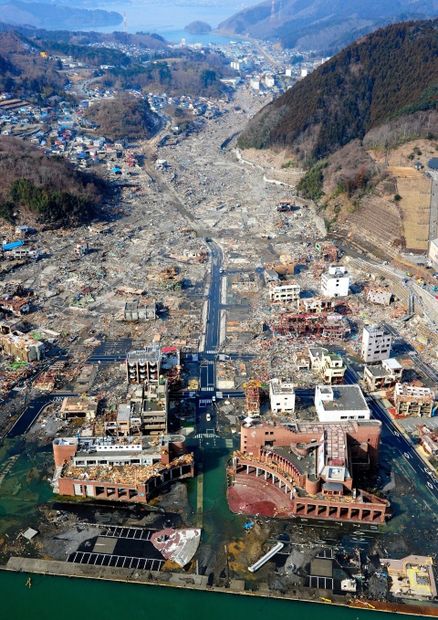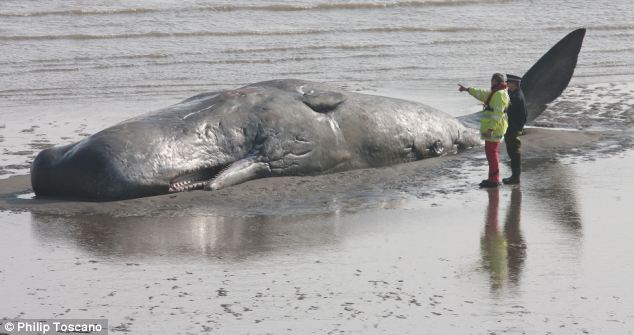
© APGoing nowhere: Motorists had to abandon their cars in North Dakota after 60mph winds caused a blizzard and plunging temperatures turned roads to ice rinks.
Around 800 people had to be rescued from their cars after a blizzard in North Dakota made roads impassable.
Motorists were yesterday forced to abandon their vehicles after 60mph winds created whiteouts and plunging temperatures turned roads to ice rinks throughout the state.
Traffic came to a grinding halt and there were multiple pileups that caused more delay. Miraculously there were reports of only minor injuries.
Rescue workers, including around 70 soldiers, had to use military lorries and other heavy vehicles that could plough through huge snow drifts to pluck people from more than 500 cars abandoned along major highway routes.
They were taken to churches, schools, bars and gas stations that became makeshift shelters while the highways were closed.
Katie Woodbury, a North Dakota State College freshman, was driving from the school in Fargo to her family's farm in Stanley, northwest North Dakota, when road conditions forced her take shelter at a church in Medina.
'It was scary - I was talking to myself the whole time,' she said of her drive. 'I just want to get home and see my mom and dad and the 13 new piglets at the farm.'
She said she talked to her parents by phone today and, after having a hot meal, was just waiting for the weather to clear.



Comment: The Observer writes: "The findings will prove humiliating to the Bush administration, which has repeatedly denied that climate change even exists. Experts said that they will also make unsettling reading for a President who has insisted national defence is a priority."
Well, maybe that is disingenuous. Maybe the leaders of the world know that this is the truth and they have all agreed to pretend to be at odds with each other so as to create wars which will eliminate millions - or billions - of "useless eaters."
Or maybe Bush is setting the US up to be the "king of the mountain"? Not only can the US eliminate billions of people, they can then take all their resources for the "chosen people."
It's difficult to tell what the liars do or don't know, the only thing that is certain is that it does not look good for most of humanity. And, as Dave McGowan wrote:
"Perhaps you are thinking that this type of future is not for you. You'd really prefer something a little different. That's unfortunate, because the future holds very few options. Here's Campbell again, concluding his mini version of Mein Kampf: "So it appears as though those who fight back against the agenda will likely be summarily executed, while those who passively go with the flow stand about a 95% chance of being killed off anyway. With odds like that, I would think that fighting back might be a good idea. By any means available. And sooner rather than later."
Better do a quick re-read of Laura's two recent articles: 94% and Political Ponerology.
And again we say: get a copy of The Secret History of The World and How to Get Out Alive.
This ain't just an advertisement, either because you can get all the info that is in the book by reading everything on this site. But if you want to have the info available when the system locks down, and if you want it condensed and explicated clearly, get the book. Save yourself (and those you love) some time and grief in the coming "Hard Times."